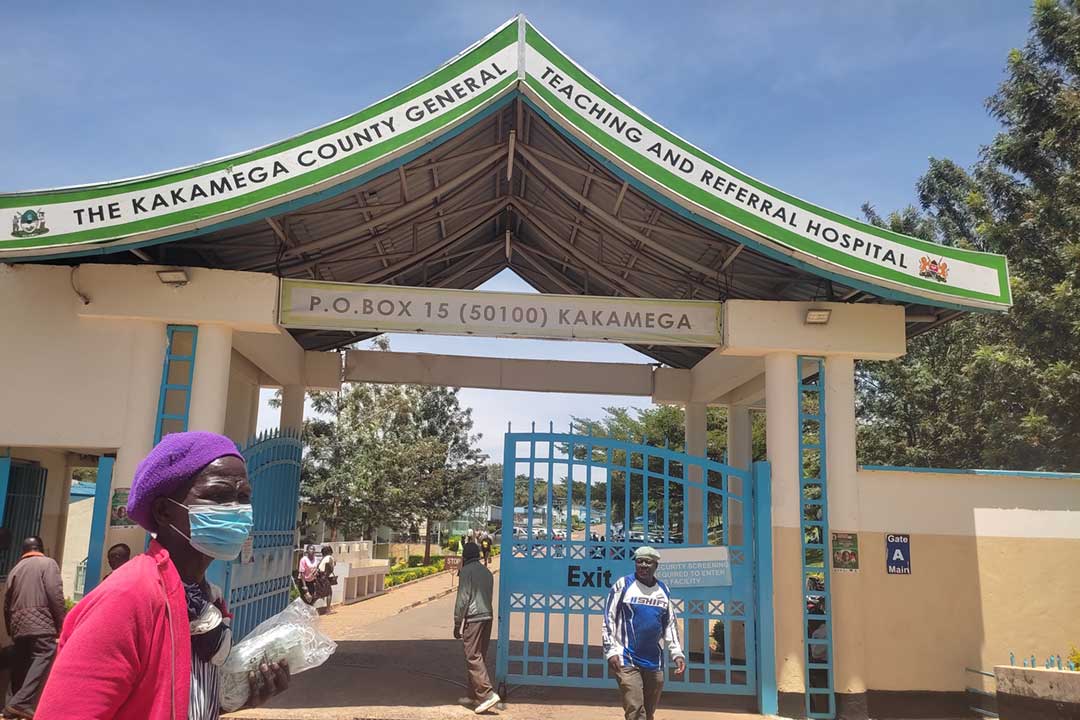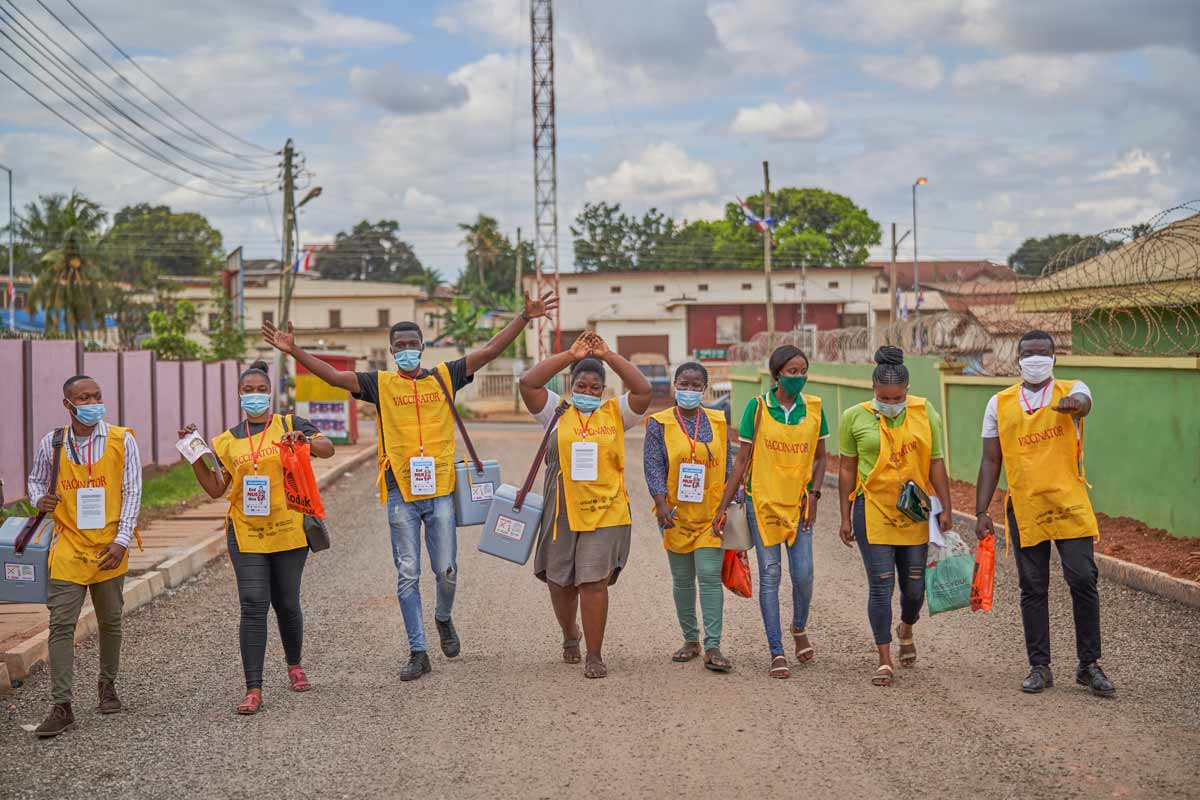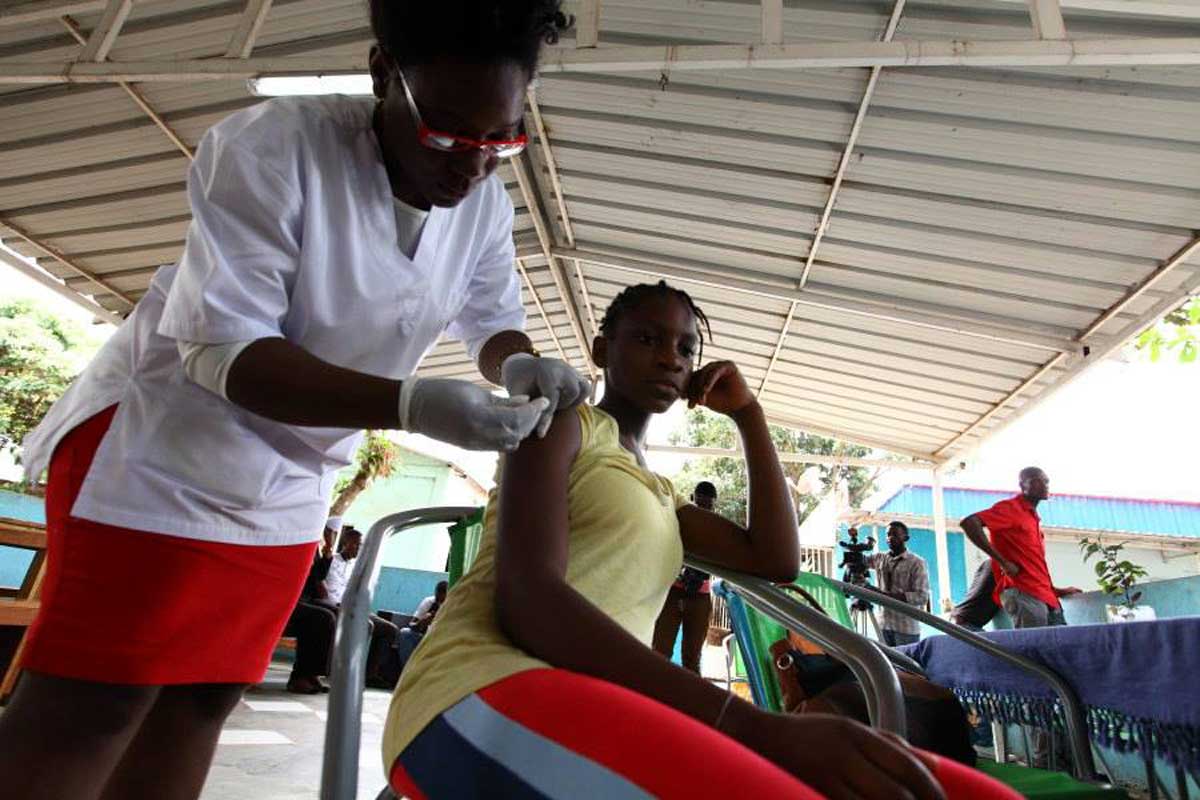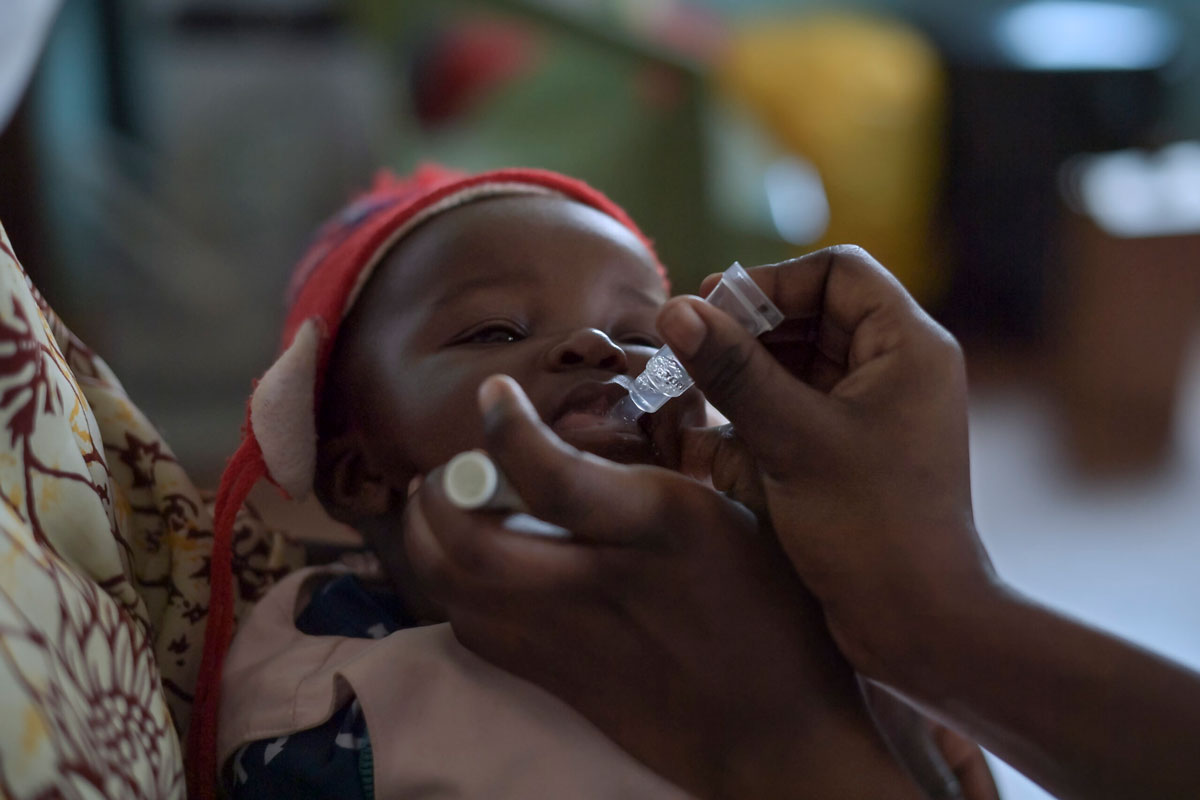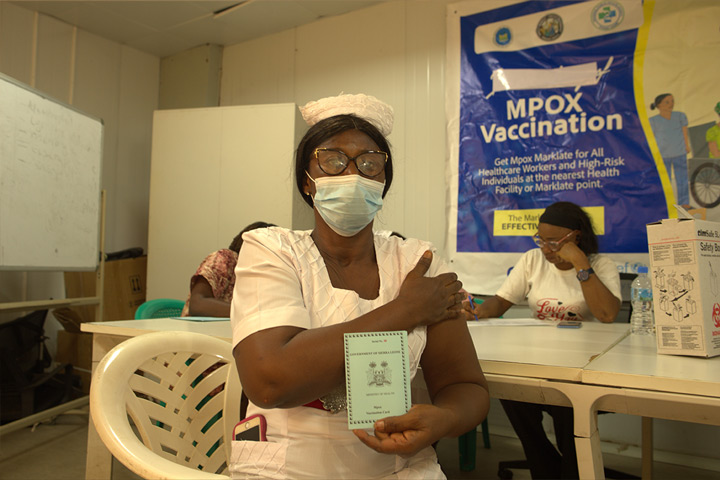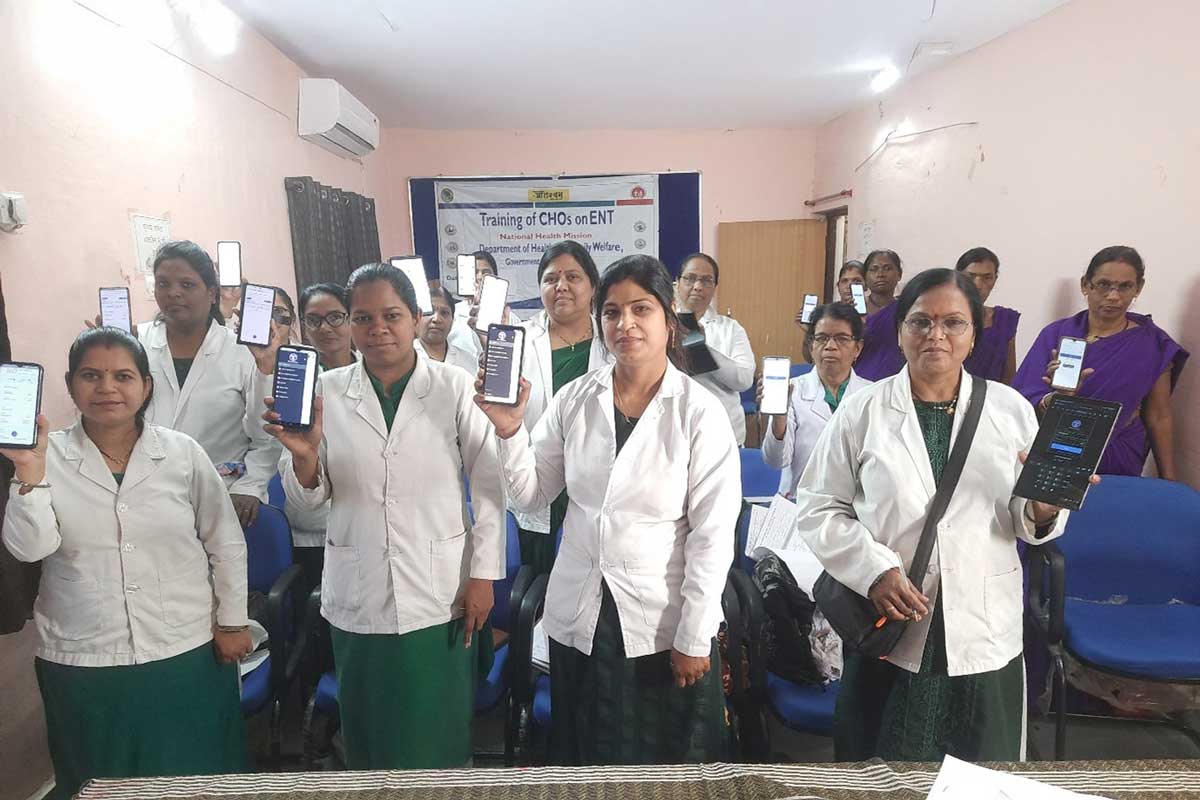Malaria vaccination sees child deaths drop in Kenya’s lake region
In Kenya’s lake region, malaria vaccination has contributed to a drop in both mortality and disease severity among kids, experts confirm.
- 14 April 2025
- 6 min read
- by Angeline Anyango
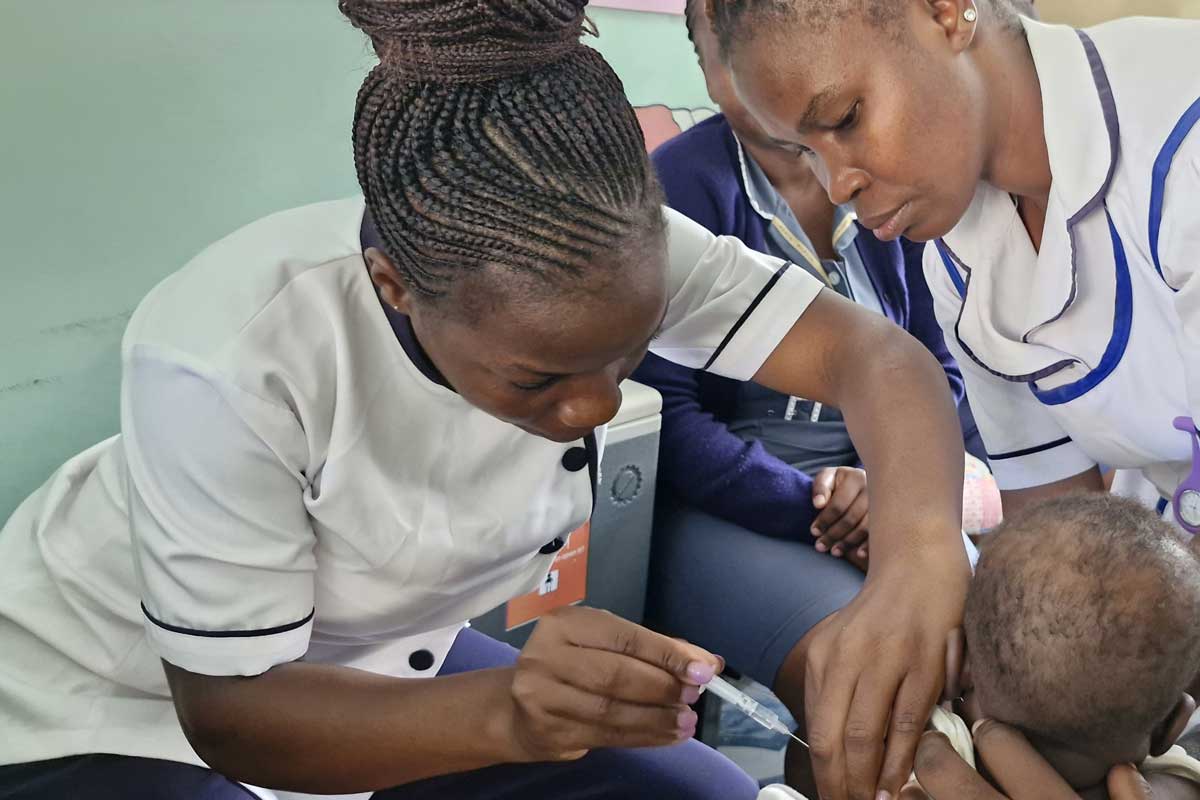
“Over the last ten years, I have made trips to the nearest [health] facility countless number of times in search of malaria medication for my eldest son,” says Cynthia Odhiambo, from Siaya County in western Kenya. Three times, the boy was admitted as a malaria in-patient. She recalls his fevers, episodes of vomiting, and most frighteningly, seizures.
“We sleep under treated mosquito nets, but mosquitoes attack before we retire to bed,” says Odhiambo, who says the mosquitoes start biting as early as 06:00. So she used to light mosquito coils at nightfall, to burn while her family of five watched their favourite soap opera, but her second-born son complained of congested airways from the smoke.
Odhiambo’s home borders a swamp, a breeding ground for malaria-transmitting mosquitoes. Meanwhile, her three children remain vulnerable to the parasitic disease.
Battling bouts of the parasitic infection cost money. Though her family had health insurance, Odhiambo would be forced to dig deeper into her pockets for transport funds to the clinic. And when her child spent nights in hospital, she missed work to look after him.
Malaria hot-spot
In Kenya, malaria is particularly prevalent in places abutting Lake Victoria. Ochieng Gumbo, the Lake Region Economic Block (LREB) Health Pillar lead, says eight out of the 14 lake region counties suffer an outsize burden. “The high malaria cases are due to proximity to Lake Victoria and climate change, among other reasons,” said Gumbo.
Those patterns began to shift in some parts of the country in 2019, when Kenya became one of three countries to take part in the Malaria Vaccine Implementation Programme (MVIP), which piloted the roll-out of the world’s first malaria vaccine. By the end of 2021, WHO had recommended the use of the vaccine to prevent severe malaria in children under five years of age.
Unlike her two elder sons, Odhiambo says her fully-immunised two-year-old is yet to be diagnosed with malaria. This, she says, makes her proud of the steps she took to ensure he received all of the four recommended doses of the vaccine.
Children in those eight hard-hit counties – namely Bungoma, Busia, Homa Bay, Kakamega, Kisumu, Migori, Siaya, and Vihiga – were among the first in line.
“The counties were a priority because they are within the malaria endemic zones. With the vaccines, we are already seeing a reduction of malaria mortality among children,” said Gumbo.
When Odhiambo delivered her second child four years ago, she did not hesitate. At six months, her son got his first malaria vaccine. But when his mother had to relocate for a new job opportunity, the family moved out of reach of the immunisation roll-out, and the child did not complete the four-dose series.
Like her eldest son, the second-born was diagnosed with malaria several times.
Then, two years ago, her last born son was born. Odhiambo made sure that he got all four doses of the malaria vaccine.
Unlike her two elder sons, Odhiambo says her fully-immunised two-year-old is yet to be diagnosed with malaria. This, she says, makes her proud of the steps she took to ensure he received all of the four recommended doses of the vaccine.
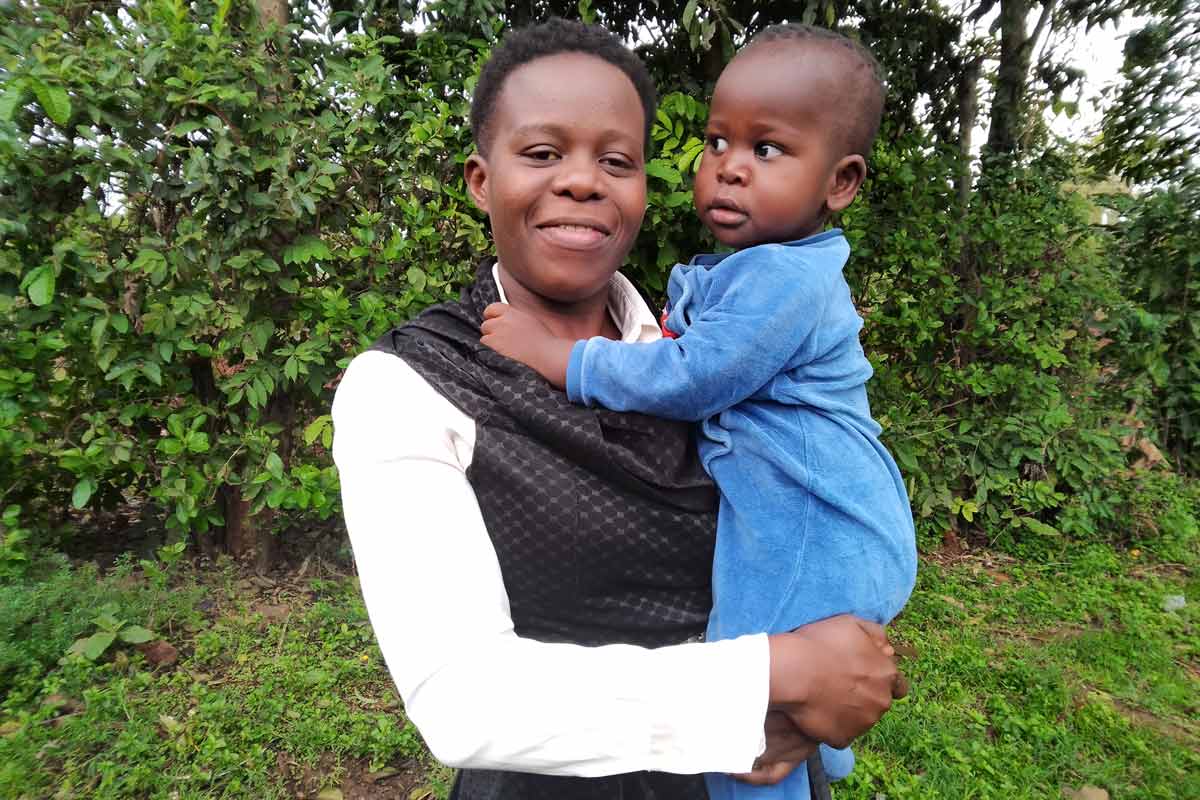
Vaccine success-stories
In Kisumu, another of the malaria-endemic counties, Catherine Adoyo has just taken her first-born daughter for the second dose of the vaccine at the Jaramogi Oginga Odinga Teaching and Referral Hospital (JOOTRH).
“Myself, I have had a recurrent malaria diagnosis. I hate the feeling the disease brings and I couldn’t just imagine my daughter experiencing the same,” says the mother.
“Last month, we created a WhatsApp group and raised US$ 231.93 (30,000 Kenyan shillings) to settle the hospital fees of a friend’s four-year-old son who had been hospitalised with severe malaria for days,” she added.
Dr Walter Otieno, a paediatrician at JOORTH says the vaccine is a good addition to insecticide-treated bed-nets, residual insecticide spraying and good case management for control of the deadly disease.
Dr Otieno says that before the vaccine was rolled out, 60% of all admissions in children under five years at the regional facility were either due to malaria, or malaria in combination with another sickness.
The paediatrician – who took part in the malaria vaccine pilot – says the vaccine prevents sporozoites from infecting the liver, because it contains circumsporozoite proteins, found in sporozoites. Once administered, the vaccine stimulates the immune system to produce antibodies against those proteins, functionally teaching it how to recognise and neutralise malaria parasites.
Infection with malaria, the physician explains, can sometimes leave patients with brain damage, kidney, liver and other organ injuries. The worst-case scenario is death, and that’s too often the outcome in the most vulnerable groups.
“Malaria peaks by age two to three, but generally under-fives are more affected,. If given on time, the vaccine offers protection in the first five years of life,” he explained.
Have you read?
Drop in mortality
Gumbo, the LREB health pillar lead, reports that the vaccine, alongside other existing malaria interventions, has helped all-cause mortality among children to drop in this region.
He says that while the counties are yet to release official data on the same, statistics from hospitals within have shown a great reduction of prevalence of severe malaria.
“We might be having hospitalisation of vaccinated children with malaria, but the severity has reduced, their chances of survival are also higher,” he said.
Dr Otieno echoes Gumbo: “The vaccine has led to reduced malaria cases, admissions and severity. The response to the vaccine uptake is also excellent.”
Edith Anjere, the Vihiga County Expanded Programme on Immunization Coordinator, confirms that uptake has only risen. At the initial stages of the vaccine campaign, there was fear among locals who did not know what to expect. Over time, however, the vaccine acceptance has greatly improved.
“During trials, the vaccine would be administered in three out of the five sub counties in Vihiga. The [other] two acted as control areas,” said Anjere, adding that now that the vaccine is part of the regular immunisation schedule, the vaccine is now available across Vihiga.
Queues in the paediatric section of local hospitals, she says, are currently low, as fewer children need to visit health facilities for malaria medication.
Anjere explained the county has been working with community health promoters (CHPs) attached to health facilities across the county to create demand for the vaccine. “The CHPs have a village health register containing information about each household including age cohort, children under the age of five and pregnant mothers. They have a responsibility to ensure that all eligible children due for vaccination visit a hospital in time.”
She says she now hopes that the county will continue to have a steady supply of the lifesaving vaccines, to ensure the entire eligible population is protected. “We are also looking forward to continued monitoring, supply and support, especially from the government on the vaccine enrolment in the endemic areas,” she added.
Meanwhile, Gumbo stressed that while the vaccine is helping reduce childhood mortalities, locals must not forget about other existing interventions in the fight of the disease.


